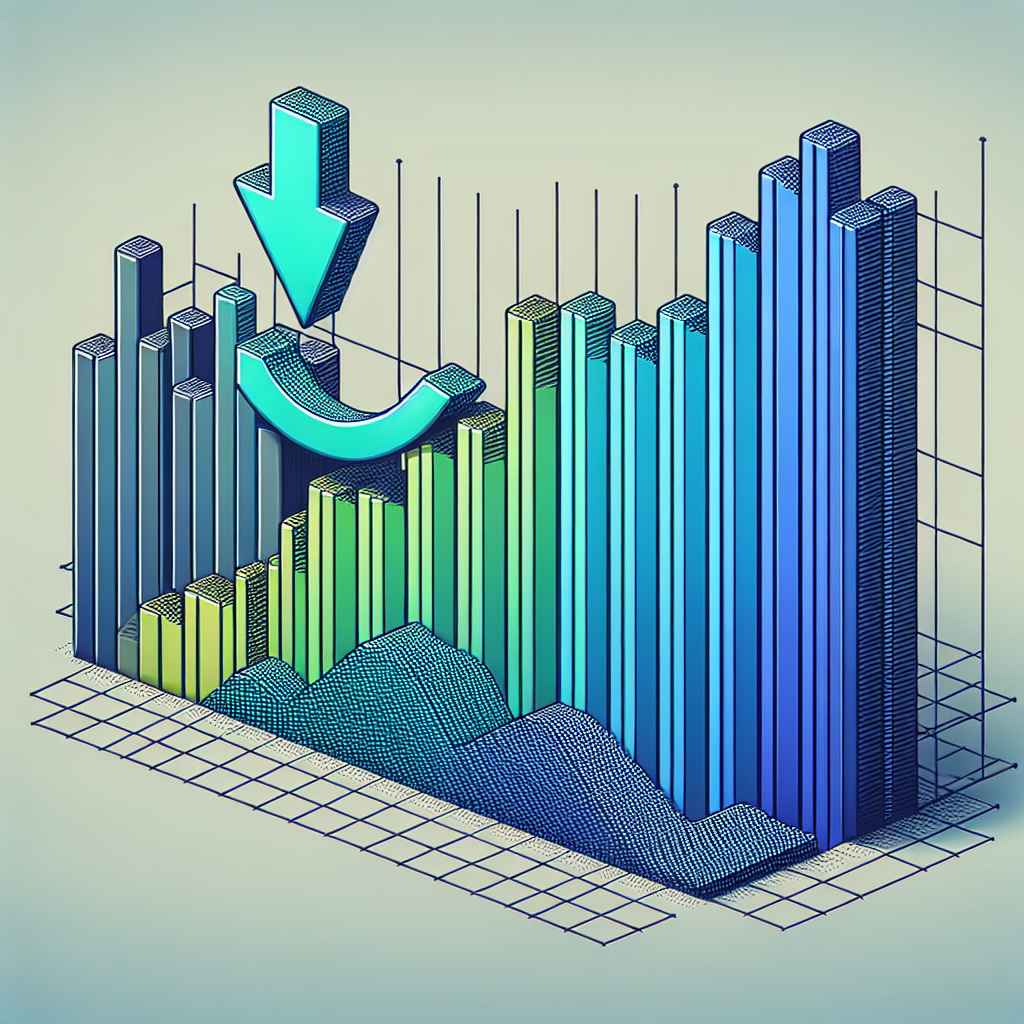Americans burdened by rapidly increasing prices for three years have received more hopeful news regarding inflation.
The Consumer Price Index (CPI), which measures the average change in prices of a basket of goods and services, fell by 0.1% from May. This reduction helped slow the annual inflation rate to 3% from 3.3% in May, according to the latest report from the Bureau of Labor Statistics (BLS).
Lower gas prices, as well as a decrease in the prices of new and used cars, contributed to the first month-on-month decline since May 2020, according to BLS data. Annually, consumer prices are rising at their slowest pace since June 2023, marking the lowest annual rate since early 2021.
This better-than-expected inflation report has raised hopes that the Federal Reserve might cut interest rates sooner, making borrowing more affordable. Interest rates have been at a 23-year high due to the central bank’s efforts to combat inflation.
“With another positive CPI report, the Federal Reserve could cut interest rates as early as September, and possibly again in December, assuming inflation data continues to be favorable,” stated Skyler Weinand, chief investment officer at Regan Capital, in a note to clients.
Economists had anticipated a 0.1% monthly increase and an annual gain of 3.1%, according to FactSet consensus estimates.
Excluding energy and food prices, the core index of underlying inflation also slowed more than expected. The core CPI rose by 0.1% from May, the slowest pace since August 2021, lowering the annual core inflation rate to 3.3% from 3.4%, marking a new three-year low.
US stocks initially jumped on the news but settled lower by the end of the day. The Dow dropped 90 points in the morning, the S&P 500 turned negative, and the tech-heavy Nasdaq was flat. US Treasury yields fell, which might benefit consumers, as loans like mortgages are tied to the 10-year yield.
Confidence is growing on Wall Street that cooling inflation will prompt the Federal Reserve to cut interest rates in the coming months. Investors now estimate an 89% chance of at least one rate cut by the Fed’s September meeting, according to CME Group’s FedWatch Tool. This is up from 73% on Wednesday and about 50% a week ago.
However, the calculus has shifted somewhat as the US labor market has cooled, with unemployment rising for three consecutive months to reach 4.1% in June.
“It would be reasonable to cut rates in July, but the Fed is cautious and likely won’t move until September,” said Tuan Nguyen, economist at RSM US, in an interview.
The latest CPI report showed progress in reducing shelter inflation, which has been a persistent issue. The shelter index rose by just 0.2% in June, the slowest monthly increase in three years. Annually, shelter-related prices rose 5.2%, the coolest reading in two years but still above overall inflation.
Shelter inflation remains a significant hurdle, as it constitutes about one-third of the overall CPI. Economists have foreseen a slowdown, as market-rate rents have decreased. However, the calculation of overall housing cost inflation, including owner-occupied homes, takes into account a significant lag.
Cheaper hotel and motel prices contributed to the sharp reduction in the shelter index, with a 2.5% monthly drop. Rent and owners’ equivalent rents also decelerated both monthly and annually.
“Today, the shelter component has caught up with predictions made over the past year,” said Nguyen. “This trend should continue in the second half of the year.”
Major retailers have announced price cuts recently, a trend likely to persist as consumers become more budget-conscious. This pressure may force other retailers to lower prices to stay competitive.
Food prices rose slightly last month, increasing by 0.2% overall, with grocery prices rising by 0.1%.
While prices may not be increasing as rapidly as before, the overall CPI is still about 20% higher than in February 2020. This significant rise could leave a lasting impact on consumer behavior, said Michael Weber, associate professor at the University of Chicago Booth School of Business.
“For many consumers, the price tags today compared to two or three years ago are permanently higher due to cumulative inflation over the last three years,” Weber said.
The Fed monitors inflation expectations closely, as they can influence consumer behavior. If people expect prices to rise, they may spend more now or demand higher wages, potentially leading businesses to raise prices.
Americans’ near-term inflation expectations have lessened, but the effects of high prices are evident in the broader context, including the US presidential election.
“Consumers don’t think like economists; they notice how much more expensive items like eggs are compared to two years ago,” said Bernard Yaros, lead US economist at Oxford Economics. “This perception has affected the public’s view of President Biden’s handling of the economy.”
